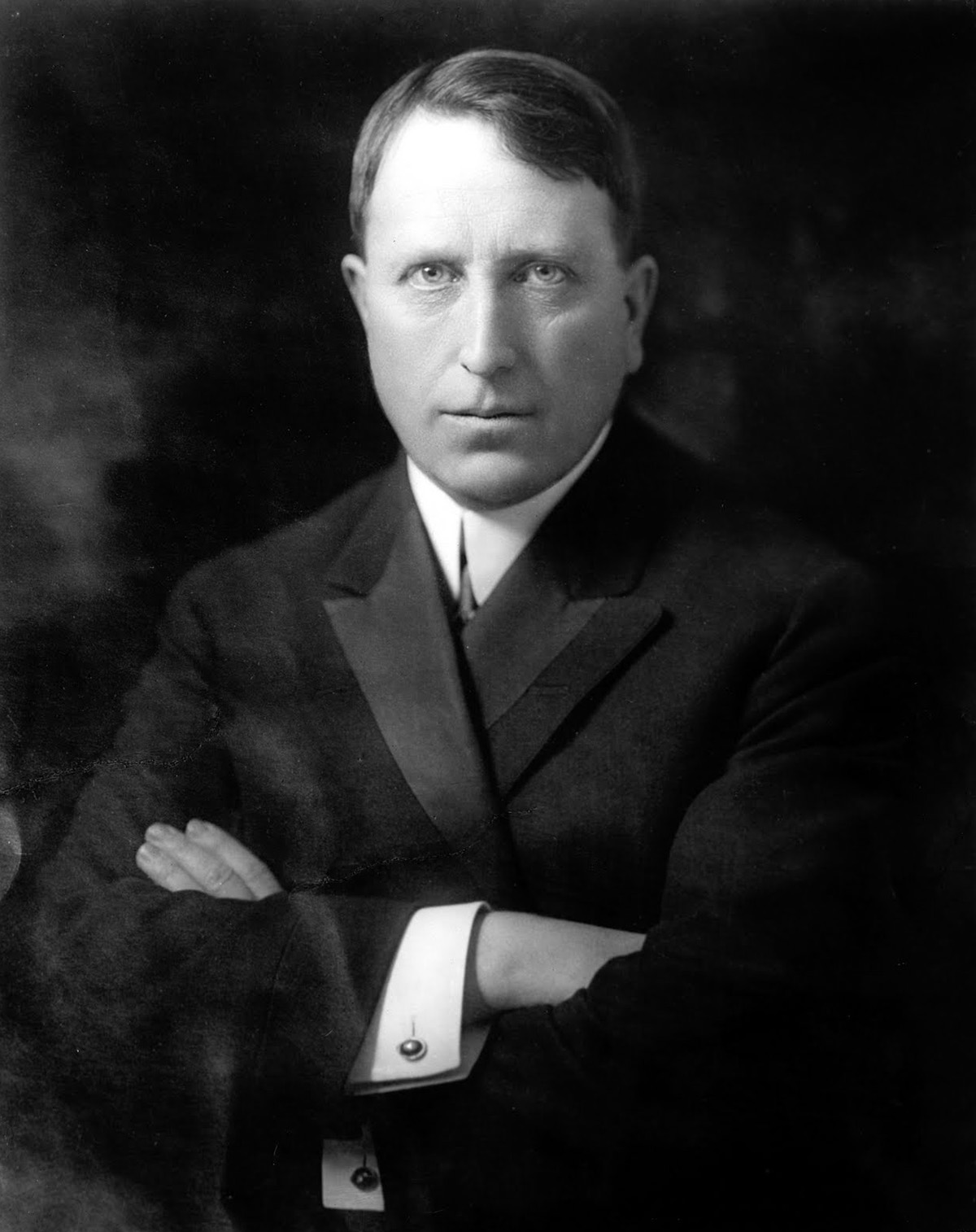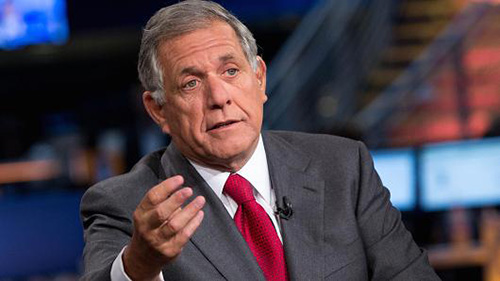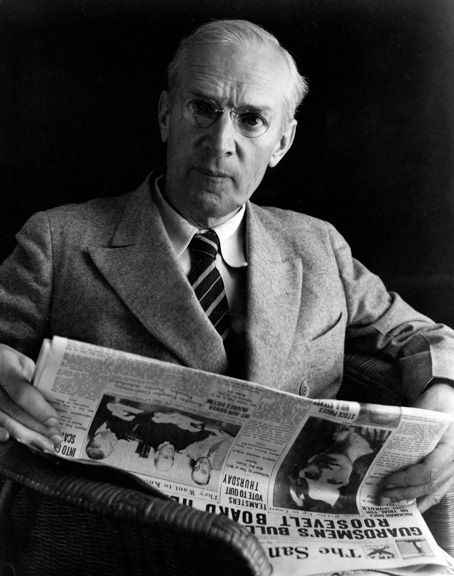As it ever was

Hearst-style gang rape of Sanders continues time-honored tradition
Of course you’ve heard about the recent unpleasantness in Las Vegas. Consumers of mainstream media will tell you the state Democratic convention held there May 14 devolved into chair-throwing chaos, which made it necessary for officials to summon the police and caused California congresswoman Barbara Boxer to say afterward that she feared for her safety.
True enough, the police were summoned, and Boxer has in various interviews said she was fearful. The convention was a raucous one, too, many would say a breathtaking sham, but was it violent? That’s the crux of many complaints being leveled against Sanders just now, so let’s begin with the very specific allegation that chairs were thrown, something the major wire services have reported not as hearsay, but established fact:
- UPI (May 17, 2016 at 11:29 p.m.): “Sanders supporters heckled Sen. Barbara Boxer, a surrogate for front-runner Hillary Clinton, and later threw chairs …” (Eric DuVall, “DNC chair Wasserman Schultz slams Bernie Sanders after violence at Las Vegas convention”)
- AP (May. 17, 2016 5:31 p.m.): “It followed chaos at the Nevada Democratic Party convention Saturday night, where Sanders’ supporters threw chairs …” (Erica Werner, “Sanders issues defiant statement under pressure over ruckus”)
- Reuters (May 18, 2016 9:00 p.m.) “They said he did not go far enough in condemning the unrest, which included a thrown chair …” (Doina Chiacu and Ginger Gibson, “Democrats chide Sanders after Nevada mutiny”)
Yet somehow, in a hall chock-full of video-capable devices, some of them streaming live via YouTube, not a single frame has surfaced showing a single chair being thrown. We do see a man pick up a chair and let another man take it away from him without resistance, after which he’s hugged by a person standing nearby, but does he throw the chair? He does not. Does he even kick it over? He does not. Adding to our confusion is the fact that, while we might assume the police were on hand to combat violence, not a single arrest was reported. (May 15, 2016, FoxNews.com, “Nevada Democratic Convention becomes ‘unruly and unpredictable’ amid rules disputes over delegates”)
So, cameras up, police on alert, yet no record, no evidence whatsoever of physical violence directed toward anyone, not man, not woman, not chair. How, then, to understand Clinton surrogate Boxer’s claim that she feared for her safety? What to make of Nevada Democratic Chairwoman Roberta Lange’s repeated calls for Sanders to apologize for his supporters’ “violent” behavior? Or for that matter of the wire reports themselves and the countless articles, editorials and interviews flowing from them that cite chair-throwing as proof that the Sanders campaign and the Trump campaign now have at least one disturbing characteristic in common: a penchant for violence?
The Clinton campaign’s motives for ginning up any story that casts doubt on the opposition should be obvious, so I’ll let that speak for itself. Likewise the Democratic establishment’s urgent desire that the establishment candidate win their party’s nomination in July.

The corporate media’s motives might not be so obvious, however, so let’s call a witness: Les Moonves, President and CEO of CBS. Here’s what he had to say when asked in February about Donald Trump’s racist, xenophobic, misogynistic, saber-rattling disinformation campaign-to-make-America-great-again :
“It may not be good for America, but it’s damn good for CBS … I’ve never seen anything like this, and this is going to be a very good year for us. Sorry. It’s a terrible thing to say. But, bring it on, Donald. Keep going.” (February 29, 2016, Hollywood Reporter)
Which seems spit-take-worthy until you consider Moonves against the backdrop of his philosophical progenitors. What follows is a series of excerpts from The Brass Check, Upton Sinclair’s nearly 100-year-old indictment of his era’s “prostitute journalism.” Page numbers refer to the 1936 11th edition of a work originally published in 1920. Emphases are mine.
To keep this political democracy subservient to its ends, the industrial autocracy maintains and subsidizes two rival political machines, and every now and then stages an elaborate sham-battle, contributing millions of dollars to the campaign funds of both sides … Journalism is one of the devices whereby industrial autocracy keeps its control over political democracy; it is the day-by-day, between-elections propaganda, whereby the minds of the people are kept in a state of acquiescence. (p. 222)

When the masters of industry pay such sums for a newspaper, they buy not merely the building and presses and the name; they buy what they call the “good-will” – that is, they buy you. And they proceed to change your whole psychology – everything you believe about life. (p. 246)
A large part of what is called “conservatism” in our Journalism is this instinctive reverence for wealth, as deeply rooted in every American as respect for a duke in an English butler. So the average American newspaper editor is a horse that stands without hitching, and travels without a whip. (p. 260)
The moral for you is just this: that when you pick up your morning or evening newspaper, and think you are reading the news of the world, what you are really reading is a propaganda which has been selected, revised and doctored by some power which has a financial interest in you.” (p. 262)
The (Associated Press) dispatches themselves disclose the attitude of the management. They give scant courtesy to movements for constructive legislation in the public interest. (p. 275)
But it is for the poor devil become class-conscious, and protesting against injustice to his class, that our Journalism reserves its deadliest venom. It is when the Radical steps upon the scene that the hunting-pack joins in full cry. Then every prejudice, every hatred in the whole journalistic psychology becomes focused as by a burning-glass upon one centre. (p. 323)
Great strikes are determined by public opinion, and public opinion is always against strikers who are violent. Therefore, in great strikes, all the efforts of the employers are devoted to making it appear that the strikers are violent. The greatest single agency in America for making it appear that strikers are violent is the Associated Press. (p. 353)
All our newspapers, big and little, do what they are accustomed to do whenever there is a strike in America – telling everything evil about the strikers and nothing good about them … justifying every crime committed against them in the name of “law and order.” (p. 391)
You know this and I know it, and what folly is this to be toasting an “Independent Press.” We (journalists) are the tools and vassals of rich men behind the scenes. We are the jumping-jacks; they pull the strings and we dance. Our talents, our possibilities and our lives are all the property of other men. We are intellectual prostitutes. (p. 400)
I say that if all this legitimate truth could be placed before the American people for ten successive days, instead of the mess of triviality, scandal, crime and sensation, doctored news and political dope, prejudiced editorials and sordid and vulgar advertisements upon which the American people are now fed – I say that the world would be transformed. (p. 414)